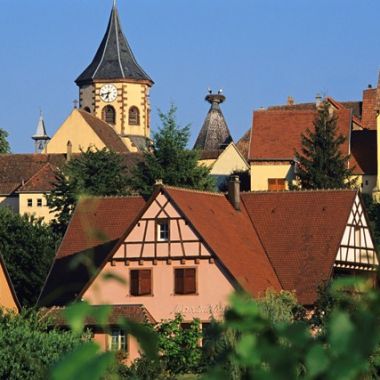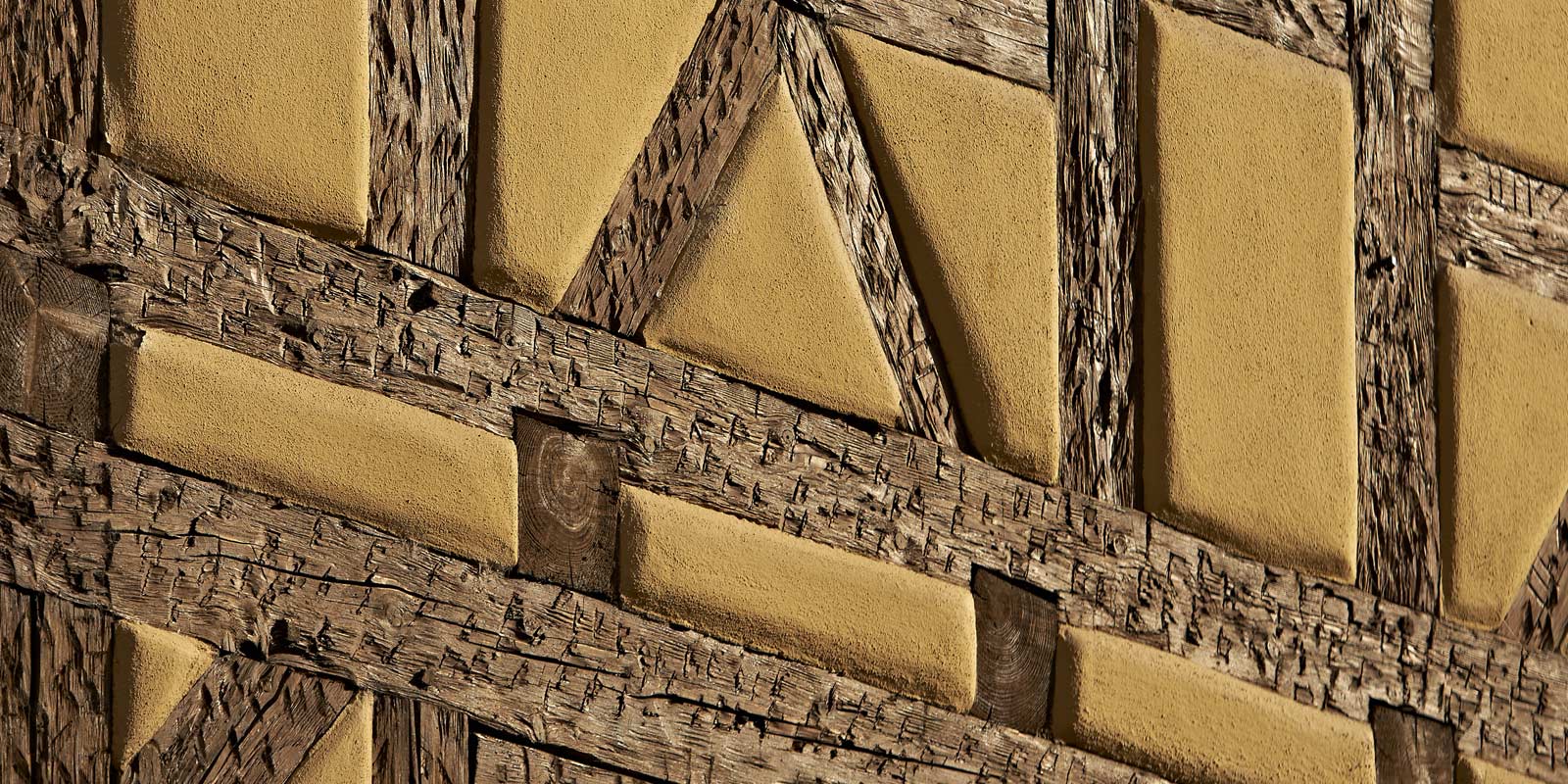Add

Description

Located on the Alsace Wine Route between Ribeauvillé and Riquewihr, the village of Zellenberg is perched on a hill overlooking the Alsace plain, a natural promontory and an exceptional strategic site.
The houses in the old part of Zellenberg are huddled together along 2 parallel streets (rue de la Fontaine and rue du Schlossberg) that cross the village. The layout of the village is rectangular
More information
Location
Piedmont (vineyards)
Altitude (m) : 285
Level of difficulty
Easy
Length of visit/event
1h














